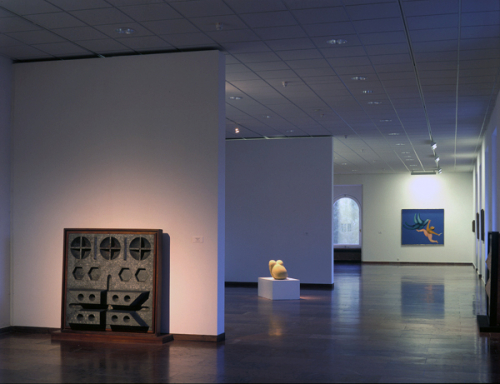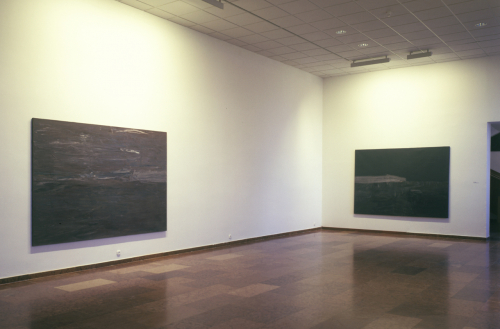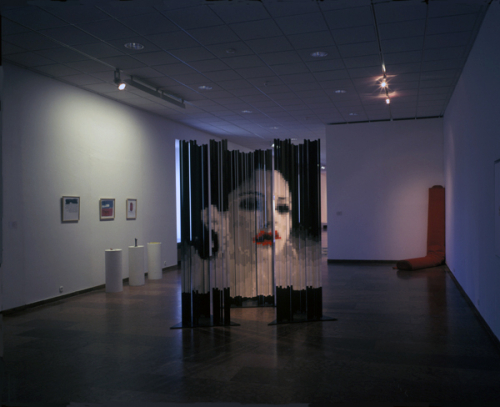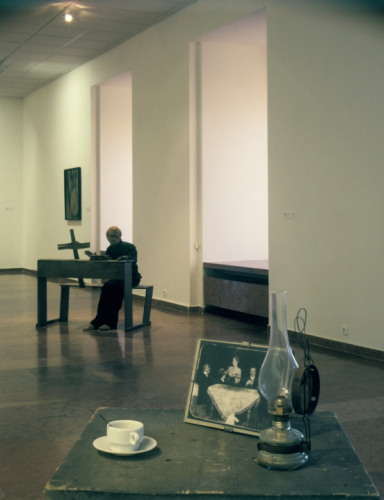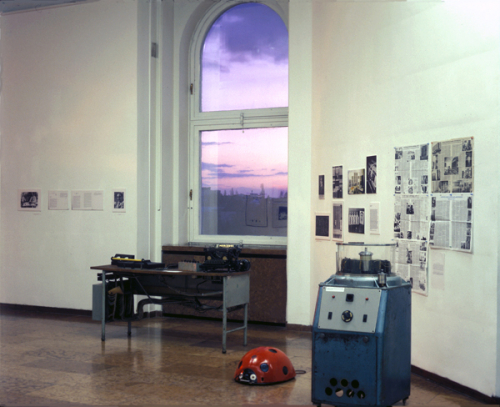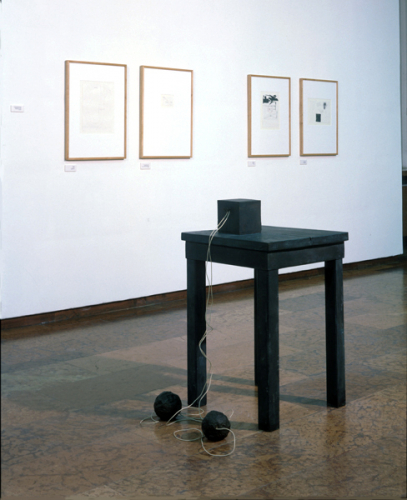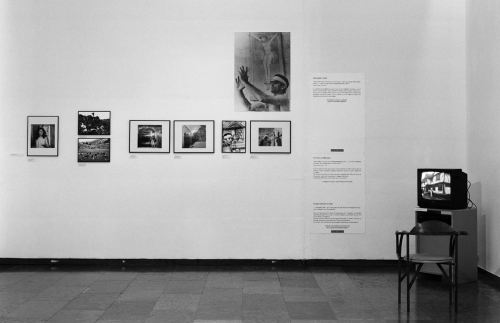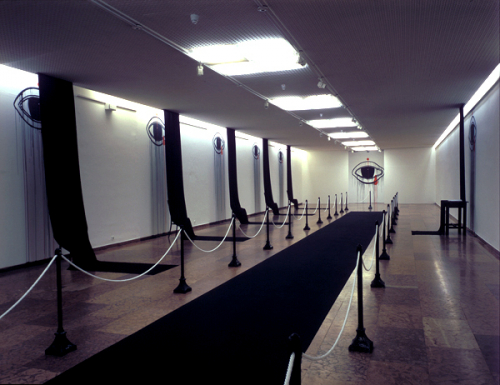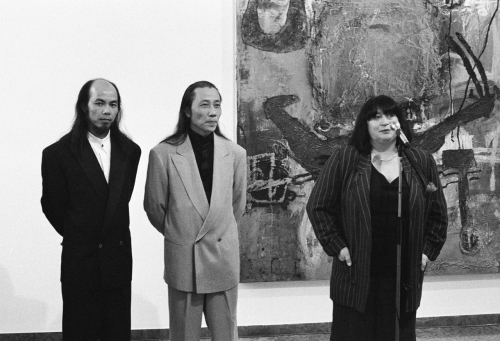Past exhibitions
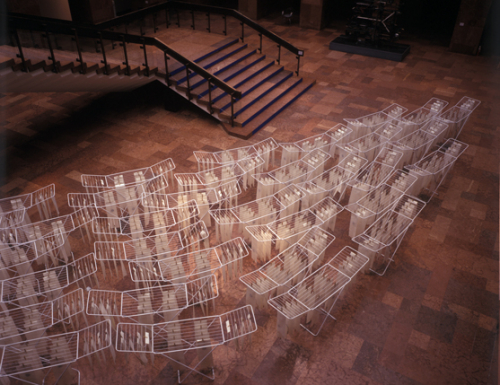
EMBODIED LOGOS (LEIBLICHER LOGOS) Exhibition of 14 German Women Artists 18. April, 1997 – 25. May
The exhibition "Embodied Logos" featuring 14 German women artists, will open on April 18th, and it will provide the opportunity for a series of events organised around the theme of women in society and in the arts.
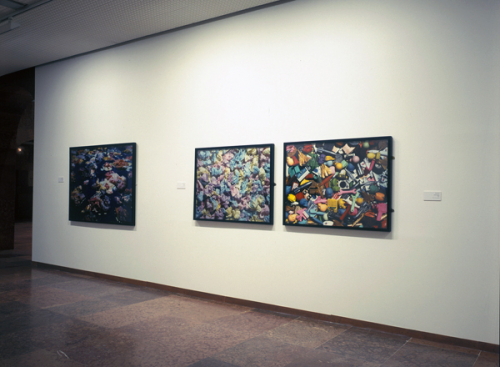
De-Composition. Constructed Photography from Great Britain 27. March, 1997 – 27. April
This exhibition was selected as a Circulating Exhibition and is not designed as a history of constructed photography in Britain.
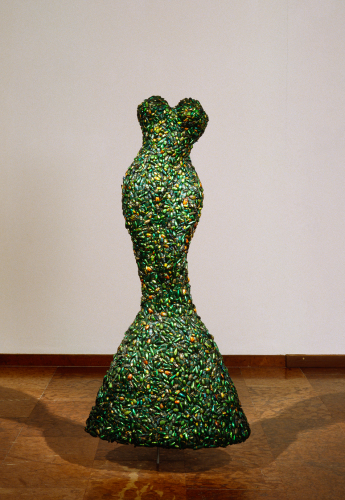
Jan Fabre: Passages 27. September, 1996 – 27. October
Last year, Jan Fabre presented this installation in Tarragona, Spain, in three rooms separated by narrow gaps between them. Passage was originally the name of another work, created with a similar technique, using hundreds of beetles.
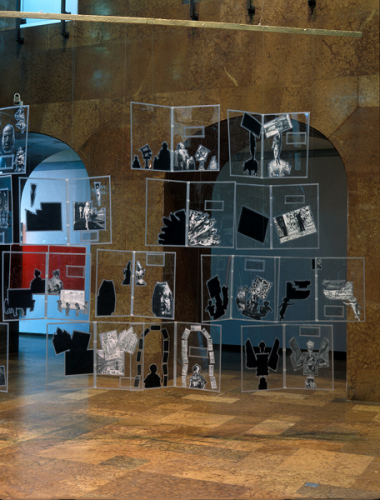
OSVALDO ROMBERG: "+2000 /-2000. EVEN" AN INSTALLATION AT THE END OF THE MILLENNIUM 28. May, 1996 – 30. June
This exhibition is about the experience of simultaneity, and it is materialized in many ways, in its making, in its presentation, and in its organization and production. Word history appears here as a meshing of particular histories in which divisions of West and East, North and South, modern and
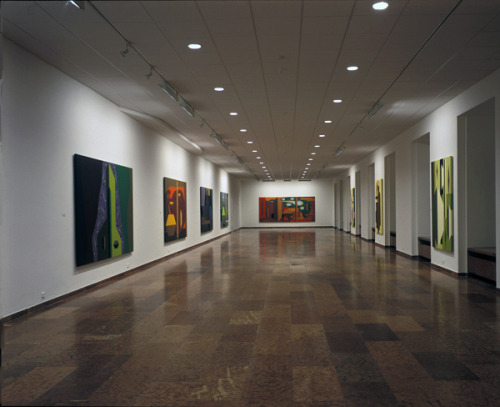
Imre Bak – New Paintings 16. May, 1996 – 16. June
Something has been lost, but it can be recovered – at least this is what Imre Bak might have thought, when he said in a naive touching tone: “The newest concept of art has been the one which is valid for me all the time.” Fortunately, what he thought to be valid was harmonious with the nature of
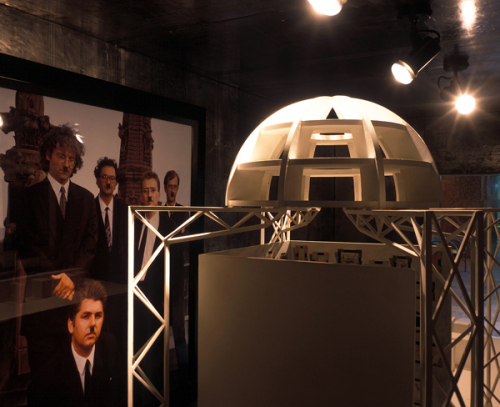
Irwin: The Interior of the Planit 28. March, 1996 – 19. May
I see the show as an aggregate consisting of two units or machines.
A machine, as I understand it here, is a complex of purposefully connected elements which produce something-objects, ideology, beauty, history, whatever.
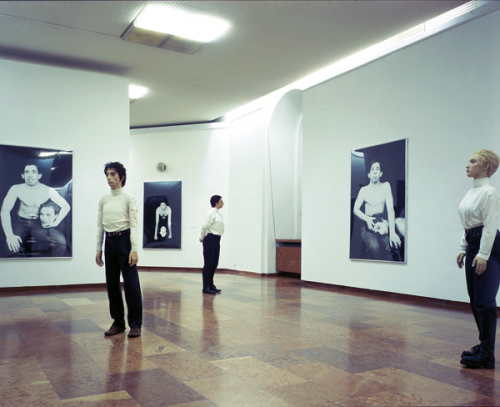
Piotr Jaros: Umarmen. The Miracle of Sight 14. March, 1996 – 19. May
The young Cracow artist, Piotr Jaros exhibited three photo-installations in Budapest, Umarmen I – II and Triumph. Jaros started to work with large black-and-white staged photography in 1994–95.
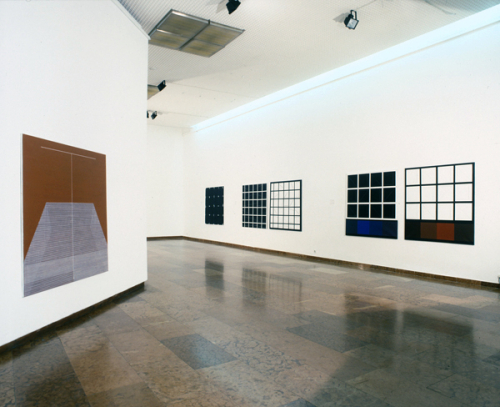
Tamás Konok – A Retrospective Exhibition 5. October, 1995 – 15. November
In his work of the last fifteen years, Tamás Konok has proved himself a master of architecture of the modern spirit.
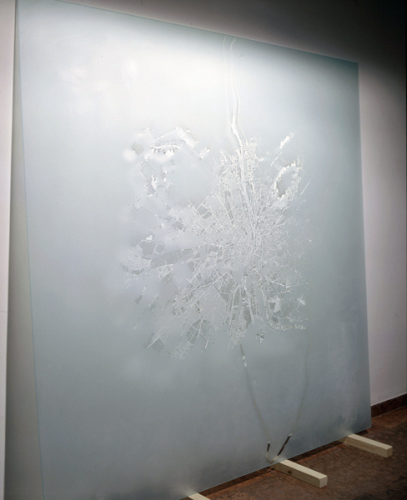
Scottish Autumn. Julie Roberts, Douglas Gordon, Tracy Mackenna 28. September, 1995 – 12. November
Julie Roberts belongs to the new generation of artists. She recently graduated from the Glasgow School of Art and still lives and works in Scotland. Her works csan be described „object based” or new conceptual. Roberts’ paintings make reference to domestic and institutional systems.
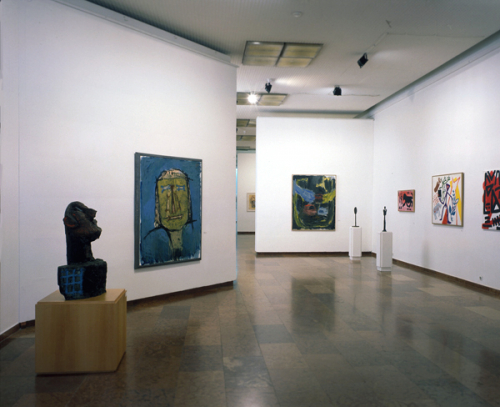
Würth - The Collection 20. July, 1995 – 24. September
Reinhold Würth a German businessman has been collecting 20th century art for about 20 years.
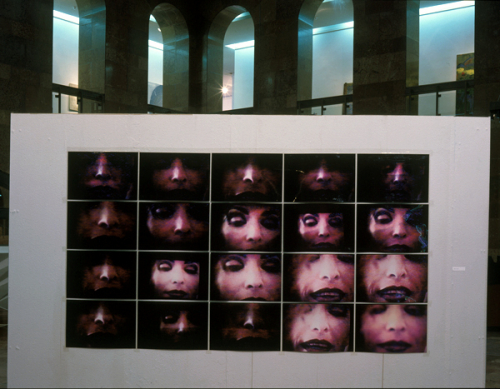
Nat Finkelstein: Photos from the Factory years, Bubble Jet prints, video installations 13. April, 1995 – 25. June
Born in 1933 in Brooklyn, New York, the family emigrated from Germany in the 19th century. Studied at Brooklyn College and attended the photo course of Walter Rosenblum. He got his first camera at 21. Worked with the Pix agency at the beginning.
